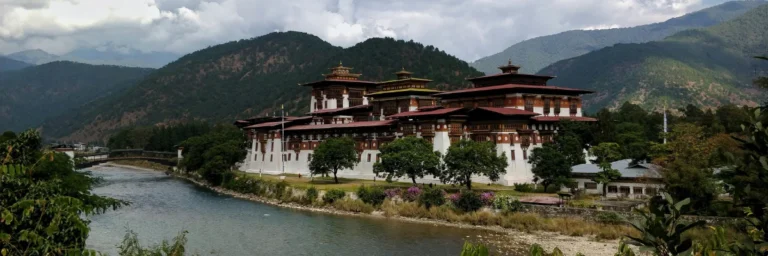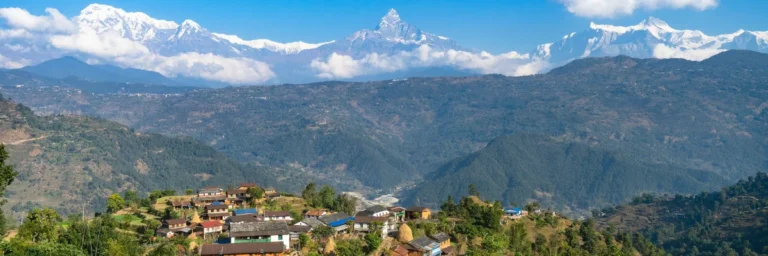
Everest Base Camp is a starting point for climbers aiming to summit Mount Everest. Knowing its height gives insight into the challenges trekkers face. Let’s explore the discovery of Everest Base Camp’s height and what it means for those attempting this incredible feat.
Table of Contents
The Challenge of Discovering the Height of Everest Base Camp
Terrain and Altitude of EBC

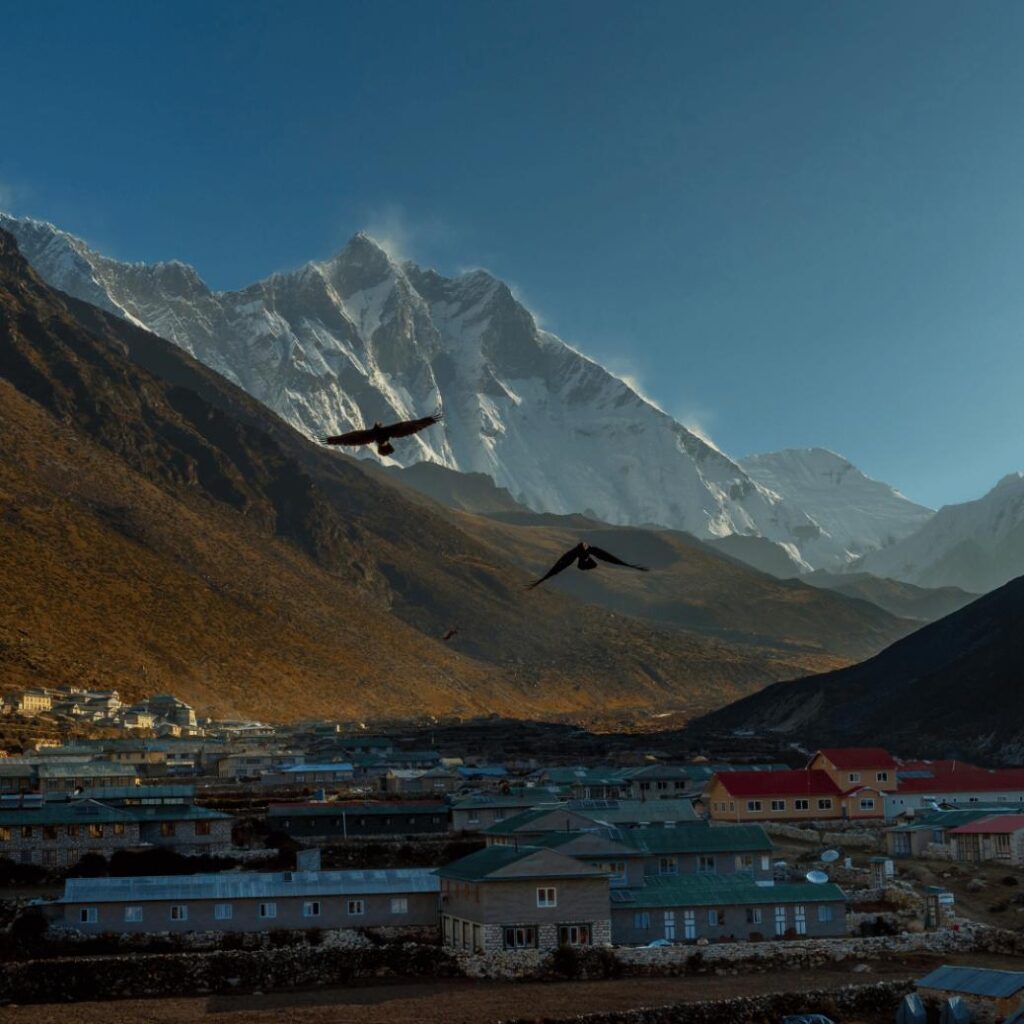

Hiking at Everest Base Camp in Nepal involves rocky paths and icy glaciers. The trail passes through famous spots like Lukla, Kathmandu, Namche Bazaar, and the Khumbu region before reaching the North Base Camp of Mount Everest.
Trekkers find teahouses for accommodations and face high-altitude conditions. Altitude is a significant worry to everyone heading to EBC because it can cause acute mountain sickness (AMS) if climbers don’t acclimatize properly. EBC’s altitude is higher than many other base camps, so climbers need ample rest and acclimatization days to avoid the effects of thin air and low oxygen levels.
Despite the stunning views of Mount Everest and the Sherpa guides, climbers need to be cautious about the challenges of high altitude with the height of Everest Base Camp.
The Importance of Knowing the Height of EBC
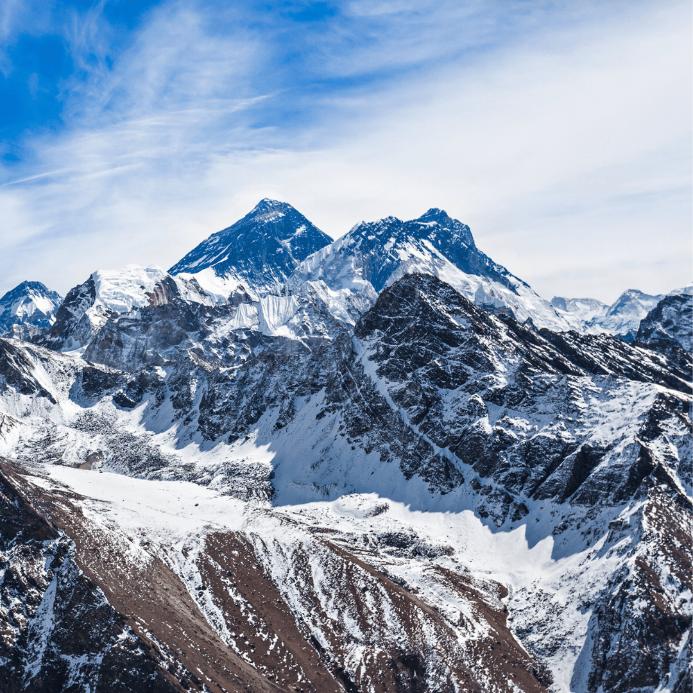
Knowing the height of Everest Base Camp is important for trekkers planning to go on the EBC trek in Nepal.
EBC is located at an altitude of 17,600 feet, posing a risk of altitude sickness, also known as acute mountain sickness.
Understanding the elevation and Height of Everest Base Camp is very important as it helps trekkers plan for acclimatization days to prevent AMS and ensure a safe adventure.
Being aware of the height of Everest Base Camp, altitude before starting the journey from Kathmandu to the north base camp in the Himalayas enables climbers to pace themselves, rest at teahouses, and acclimate to high-altitude conditions for a safe and memorable trek.
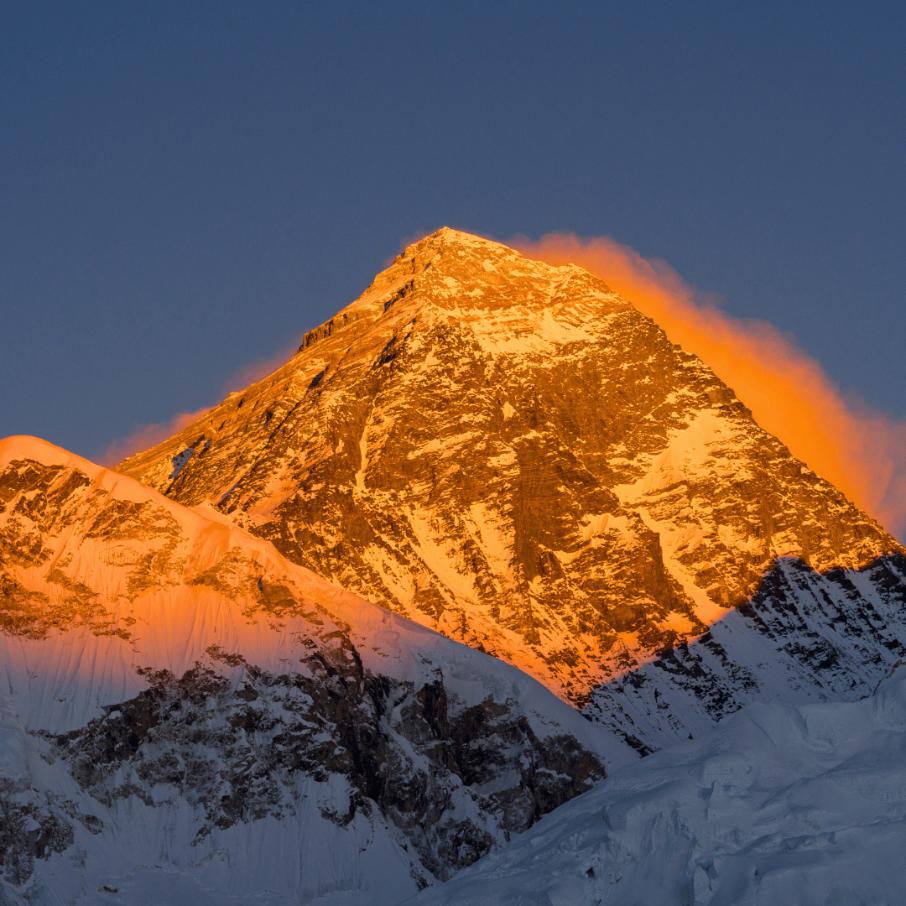
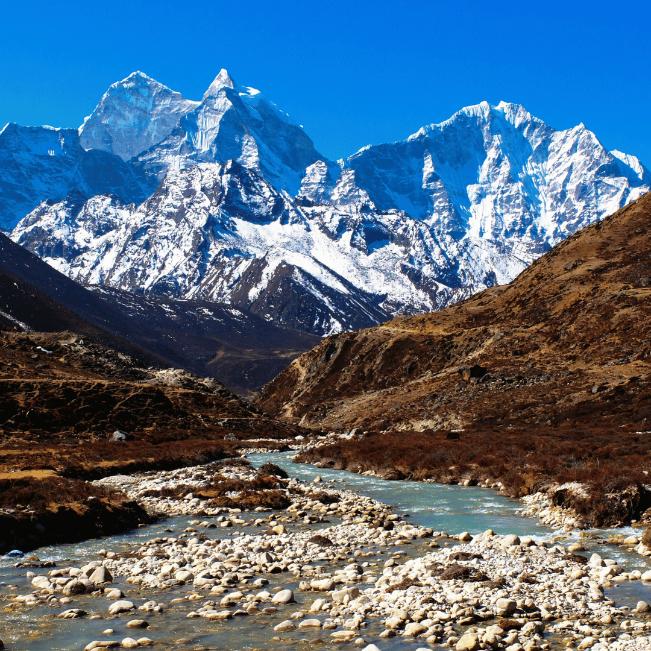
How high is Everest Base Camp?
Elevation Comparison with Other Famous Peaks
- Everest Base Camp: Located in Nepal at an altitude of 5,364 meters (17,598 feet).
- Annapurna Base Camp: Situated at an elevation of 4,130 meters (13,551 feet) in the Annapurna region of Nepal.
- Makalu Base Camp: Found at an altitude of around 5,250 meters (17,224 feet) above sea level, offering a magical scenery for adventure trips.
- Kanchenjunga Base Camp: Positioned at an elevation suitable for experiencing remoteness, spectacular mountain scenery, diverse flora and fauna, and rich local culture, quite different from other regions.
- Dhaulagiri Base Camp: Located at a higher altitude, providing a strenuous but rewarding trek around the Annapurna region with diverse mountain climates and stunning Himalayan beauty
This difference in elevation showcases the varying heights of these renowned base camps in the Himalayas of Nepal, with Everest Base Camp being situated at a higher altitude than any other.

Altitude Sickness Concerns
Altitude sickness is a big concern when trekking to Everest Base Camp in Nepal. The adventure starts in Lukla, where you fly from Kathmandu before heading to Namche Bazaar. As you go higher towards the North Base Camp near Mount Everest, altitude becomes a serious issue.
Taking rest days to get used to the high altitude is crucial to avoid acute mountain sickness. This can cause symptoms like headaches and fatigue or even more severe cases that need immediate descent. Travelers should know the signs and dangers of high-altitude conditions in places like the Khumbu Icefall and the difficult moraine terrain.
On the trail, there are tea houses where you can stay, and sherpa guides who can help you navigate. If AMS occurs, there are oxygen supplies, rest stops, and medical treatments available. Proper planning, like getting permits and arranging supplies with porters or yaks, is key for a safe journey to Everest Base Camp, especially in the tough winter.
Travel and Time to Reach EBC

Journey from Nepal to EBC
The journey from Nepal to Everest Base Camp (EBC) is a thrilling adventure. It offers trekkers a chance to explore the majestic Himalayan mountains.
Starting in Kathmandu, trekkers usually fly to the small town of Lukla. From there, they begin the trek towards EBC.
Along the trail, they pass through Namche Bazaar, a major hub for climbers and trekkers in the Khumbu region.
As they ascend, the altitude increases drastically. Proper acclimatization days are necessary to prevent acute mountain sickness.
Teahouses provide accommodations along the trail, offering a cozy resting place for weary hikers.
The challenging terrain of EBC includes snow-covered paths, moraines, and the notorious Khumbu Icefall.
Sherpas, experienced in high-altitude expeditions, guide climbers through the difficult sections towards the North Base Camp.
Climbers require permits to enter the region. A well-planned itinerary with rest days is crucial for a successful ascent.
Winter expeditions face extreme weather conditions. The post-earthquake region shows signs of resilience and reconstruction efforts.
The presence of the iconic Mount Everest in the background serves as a reminder of the ultimate summit goal for mountain climbers.
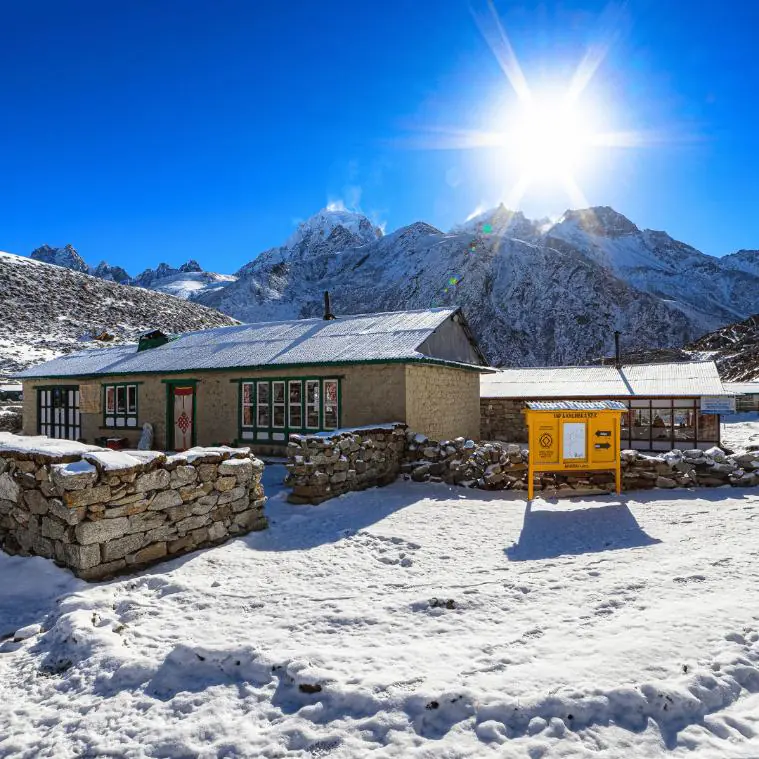
Accommodations at Everest Base Camp
Accommodations at Base Camp in Nepal’s Khumbu Region are typically teahouses. They offer cozy lodging for trekkers heading to Everest Base Camp. Teahouses have basic but comfortable rooms, often with shared amenities due to the high altitude.
For dining, travelers can enjoy hearty meals in teahouse dining areas. Popular options include dal bhat, a Nepali dish that provides energy for the adventure. During acclimatization days, hikers can explore Namche Bazaar or admire views of Mount Everest and other peaks.
Excursions to the challenging Khumbu Icefall or Rongbuk Monastery in Tibet are possible for those seeking more adventure. South Base Camp offers essential services and experiences to support climbers, hikers, and expedition enthusiasts on their journey to Earth’s highest summit.
The Costs of the EBC Trip
Budgeting for the Journey
When budgeting for a trek to Everest Base Camp in Nepal, travelers need to consider various expenses such as permits, accommodations, and supplies.
The altitude and the height of Everest Base Camp is over 17,000 feet, which poses an adventure challenge that requires careful planning. Starting the journey in Kathmandu, a flight to Lukla is required before beginning the trail towards Namche Bazaar.
Acclimatization days are crucial to avoid AMS. Accommodations along the trail are typically in teahouses, offering budget-friendly options.
Hiring porters or yaks for carrying supplies can help reduce the physical challenge. Traveling during the offseason, like winter, may result in lower permit costs.
Porter Service and its Benefits
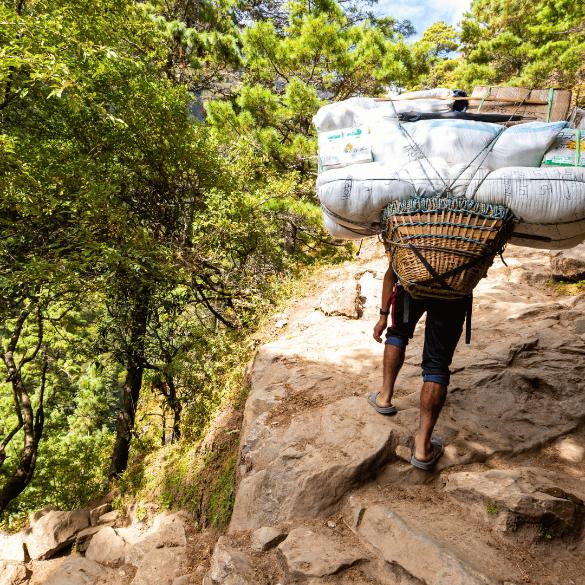
Porter service is a valuable asset for trekkers heading to Everest Base Camp in Nepal.
These experienced individuals assist in carrying supplies, allowing travelers to focus on enjoying the adventure without the heavy load.
Porters help trekkers tackle the challenging trail from Lukla to Namche Bazaar, ensuring a smoother journey.
Additionally, they play a crucial role in acclimatization, ferrying gear while hikers rest along the way to avoid altitude sickness.
In the high-altitude Himalayan region, where conditions can be unpredictable, porters provide essential support in maintaining safety and comfort.
Their assistance is particularly vital during the harsh winter or monsoon seasons, when the trail can be more treacherous.
Exploring the History of Everest Base Camp
–Exploring Everest Base Camp: A Brief Guide–
The history of Everest Base Camp is intertwined with the rich legacy of mountaineering, exploration, and human ambition. Here’s a brief overview:
- Early Exploration: Before the 20th century, Everest, known locally as Sagarmatha in Nepal and Chomolungma in Tibet, remained largely unexplored by Westerners. The first recorded sighting by a Westerner was by British surveyors in the 19th century.
- Initial Expeditions: The desire to conquer Everest grew in the early 20th century. Numerous expeditions were launched, with the British Mount Everest Expedition of 1921 being the first notable attempt. Though unsuccessful in reaching the summit, it laid the groundwork for future endeavors.
- George Mallory and Andrew Irvine: Perhaps the most famous early attempt was made by Mallory and Irvine in 1924. Their fate remains a mystery, as they disappeared near the summit. Mallory’s body was discovered in 1999, but whether they reached the top before perishing is still debated.
- First Successful Ascent: On May 29, 1953, Sir Edmund Hillary of New Zealand and Tenzing Norgay, a Sherpa of Nepal, successfully reached the summit via the South Col route. This historic achievement marked the first confirmed ascent of Everest.
- Establishment of Base Camps: As mountaineering expeditions became more organized, the need for established base camps became apparent. These camps served as logistical hubs for climbers to acclimatize, plan their ascent, and rest between attempts. The lower base camp, situated in Nepal, is at an altitude of around 5,364 meters (17,598 feet), while the higher base camp, on the Tibetan side, is approximately 5,200 meters (17,060 feet) above sea level.
- Commercialization and Modern Era: In recent decades, Everest Base Camp has witnessed a surge in commercial expeditions, with numerous adventure companies offering guided treks to the base camp. This influx has brought both economic benefits and challenges, including issues related to environmental degradation and overcrowding.
- Tragedies and Controversies: Everest Base Camp has also been the site of numerous tragedies, including avalanches, crevasse falls, and altitude-related illnesses. Controversies have arisen regarding overcrowding, safety standards, and ethical considerations, particularly concerning the commercialization of Everest expeditions.
Despite these challenges, with the height of Everest Base Camp, yet the Everest Base Camp remains an iconic destination for adventurers and mountaineers from around the world, symbolizing the enduring human spirit of exploration and conquest.
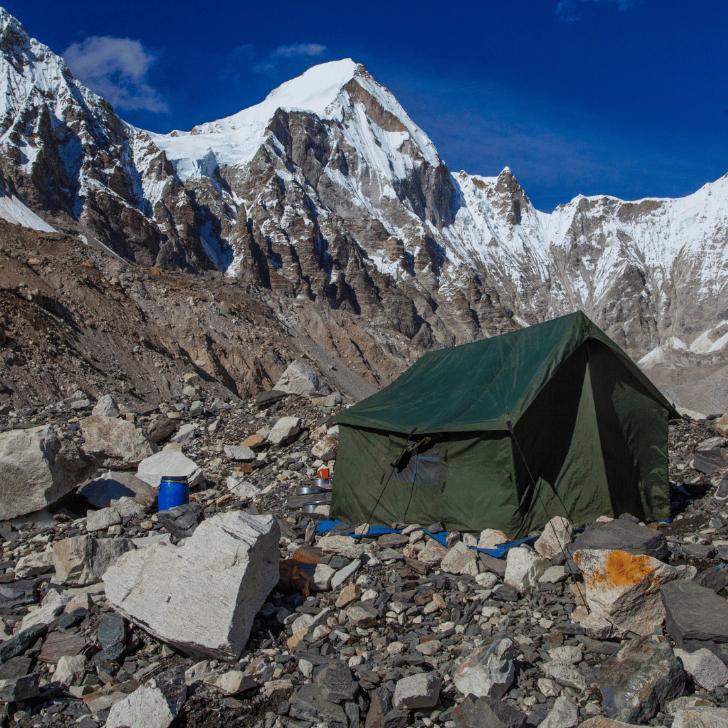
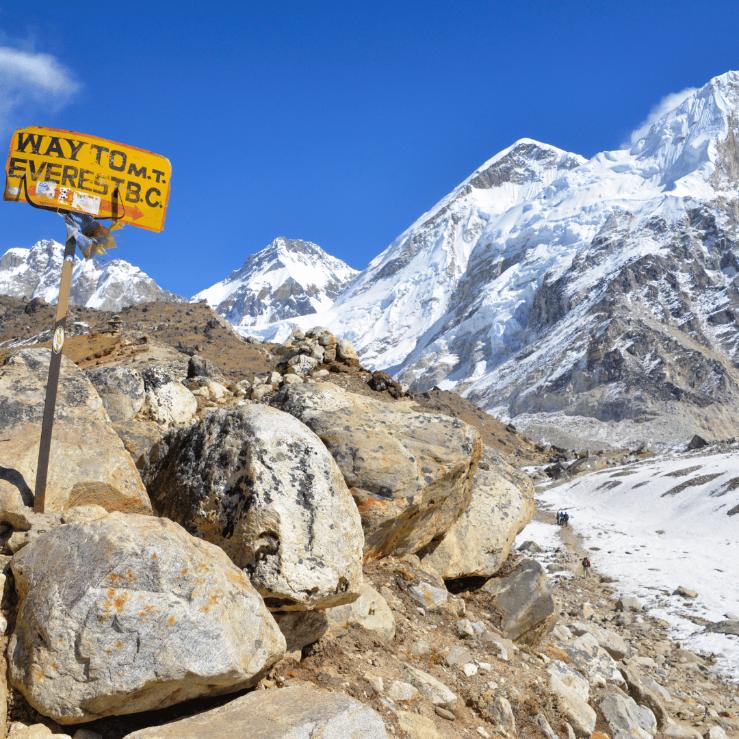
Crafting the Perfect Itinerary for your EBC Trek
Crafting the perfect itinerary for your EBC trek involves considering different factors:
- Altitude
- Accommodations
- Acclimatization
Plan for acclimatization days in Namche Bazaar. This helps adjust to the high altitude and prevent AMS. Scheduling rest days is important. This allows your body to recover and enjoy views of Mount Everest.
Start your adventure in Kathmandu and fly to Lukla for the trek. This saves time and makes the journey efficient. Teahouses along the trail offer cozy accommodations. Sherpa guides and porters provide support.
Explore the Khumbu region. Witness the snow-covered peaks and visit Everest Base Camp North and South. Be aware of winter conditions.
Crafting a well-thought-out itinerary ensures a safe and enjoyable EBC trekking experience in the Himalayas of Nepal.
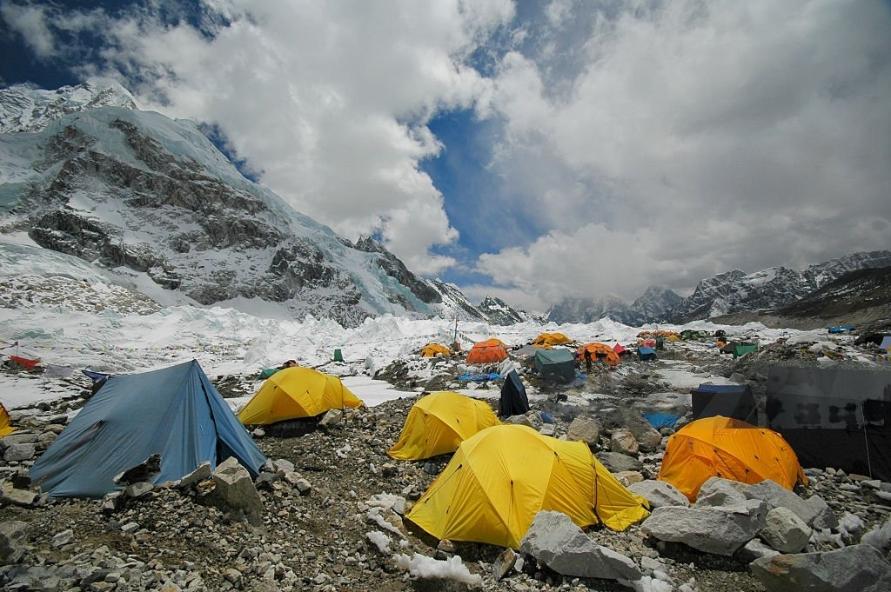

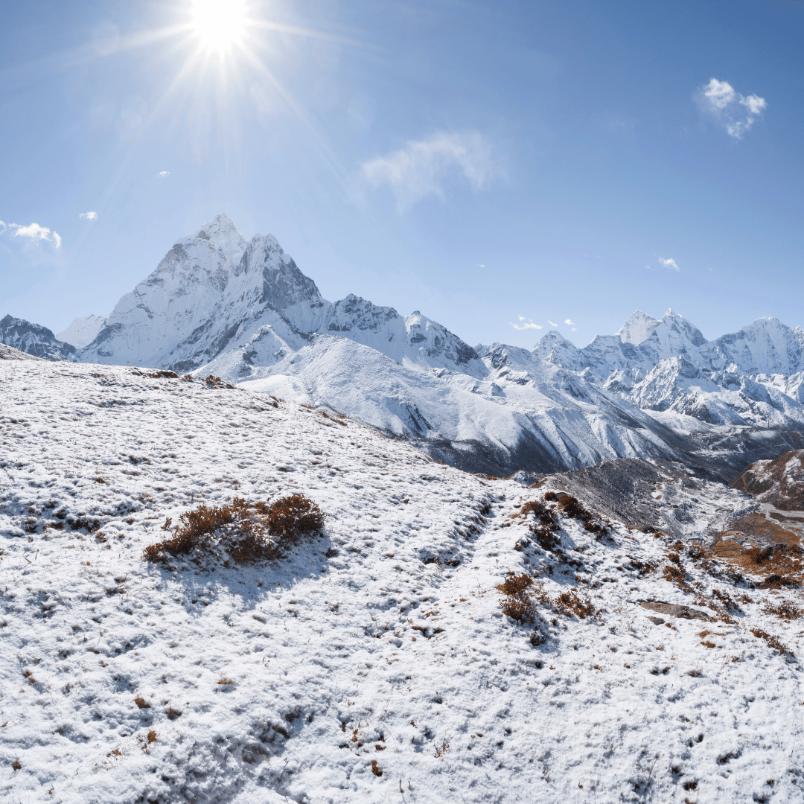
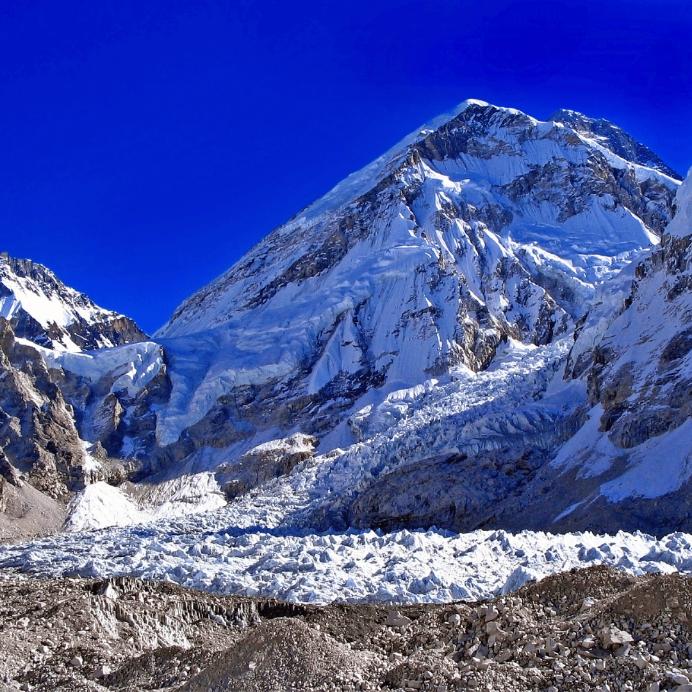
Final thoughts
In 2020, the height of Everest Base Camp or the Camp’s elevation was officially measured for the first time. Using satellite technology, the new height is 17,590 feet (5364 meters) above sea level. This is lower than what was previously thought.
You may also like:
Send an Enquiry
Error: Contact form not found.
© 2025 - Himalayan Trekking and Tours (P) Ltd. All Rights Reserved.


